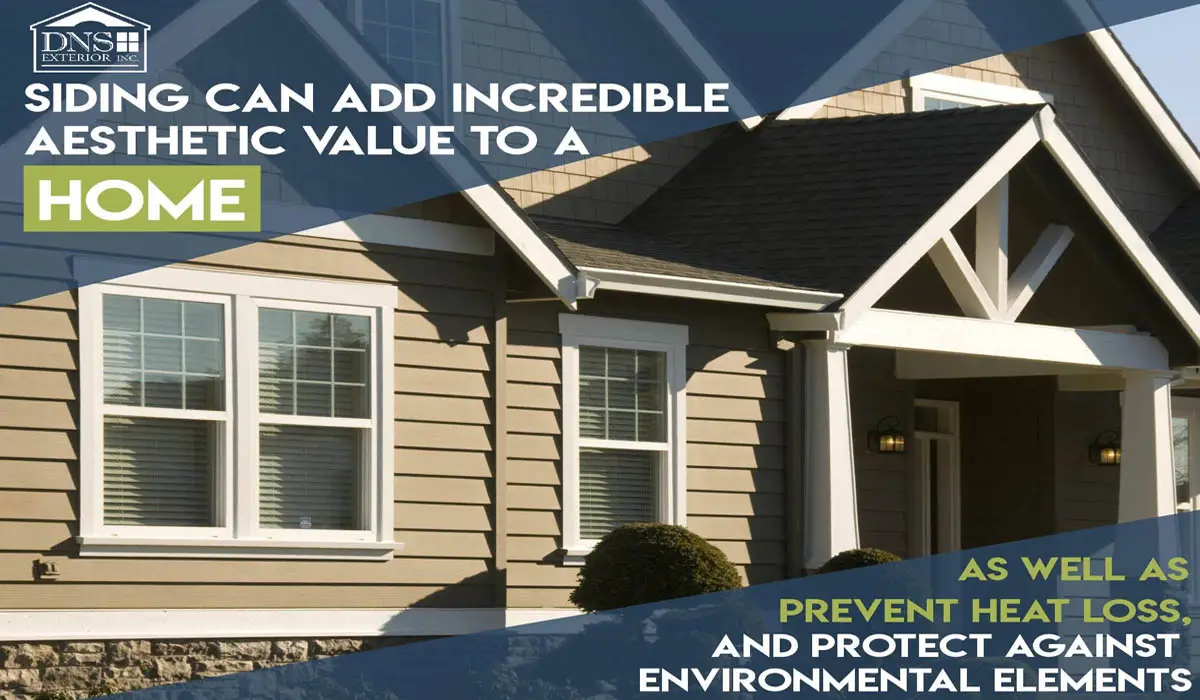Best insulated siding for energy savings offers significant long-term benefits for homeowners. This comprehensive guide explores various siding materials, their respective R-values, and the impact on energy consumption. We’ll delve into installation techniques, cost analyses, and aesthetic considerations, helping you make an informed decision to improve your home’s energy efficiency and curb appeal.
From understanding the nuances of R-values and their correlation with energy savings to examining the total cost of ownership over several years, this guide equips you with the knowledge to choose the best insulated siding for your specific needs and climate. We’ll also compare different siding types, considering factors like durability, maintenance, and aesthetic appeal, ensuring you find the perfect balance between energy efficiency and visual appeal.
Types of Insulated Siding
Choosing the right insulated siding can significantly impact your home’s energy efficiency and curb appeal. Several materials offer varying levels of insulation, durability, and aesthetic options. Understanding the pros and cons of each is crucial for making an informed decision.
Insulated Siding Material Comparison
The following table compares common insulated siding materials based on key factors influencing energy efficiency and longevity. R-value represents the material’s resistance to heat flow; a higher R-value indicates better insulation. Cost is an estimate and can vary based on location, installer, and specific product features. Lifespan is an average, and proper maintenance can extend the life of any siding.
| Siding Material | R-Value (per inch) | Approximate Cost per Square Foot | Average Lifespan (Years) | Maintenance Requirements |
|---|---|---|---|---|
| Fiber Cement | 0.7-1.0 (depending on thickness and composition) | $6-$12 | 50-80 | Periodic cleaning, occasional repainting |
| Vinyl | 0.8-1.0 (depending on thickness and foam backing) | $3-$8 | 20-40 | Regular cleaning, occasional repairs |
| Foam (Polyurethane or Polyisocyanurate) | 4-8 (depending on type and thickness) | $5-$10 | 25-50 | Minimal maintenance, typically resistant to damage |
| Wood | 0.9 (depending on species and thickness) | $8-$20+ | 30-50+ | Regular painting or staining, treatment for pests and rot |
Advantages and Disadvantages of Insulated Siding Materials
Each siding type offers unique advantages and disadvantages concerning energy efficiency.
Fiber Cement Siding
Fiber cement siding provides excellent durability and fire resistance. Its relatively high density offers moderate insulation properties, reducing heat transfer compared to uninsulated options. However, it is more expensive than vinyl and requires more maintenance.
Vinyl Siding
Vinyl siding is a cost-effective option with low maintenance requirements. Insulated vinyl siding incorporates a foam backing to enhance its R-value. While less durable than fiber cement, its affordability and ease of installation make it a popular choice.
Foam Siding
Foam siding, often polyurethane or polyisocyanurate, boasts superior insulation properties compared to other siding types. Its high R-value significantly reduces energy loss, leading to considerable savings on heating and cooling costs. However, it can be more susceptible to damage from impact and UV exposure.
Wood Siding
Wood siding offers a classic aesthetic appeal but demands significant maintenance. While it can provide decent insulation, its performance is highly dependent on the type of wood and proper installation. Regular painting, staining, and treatment for pests and rot are essential for longevity.
Aesthetic Appeal of Insulated Siding
The visual appeal of siding is a crucial factor in home improvement.
| Siding Material | Aesthetic Appeal Description |
|---|---|
| Fiber Cement | Offers a clean, modern look; can mimic the appearance of wood or stone with various textures and colors. |
| Vinyl | Wide range of colors and styles available, often mimicking the look of wood or other materials; generally considered less sophisticated than fiber cement or wood. |
| Foam | Typically used as an underlayment or in conjunction with other siding materials; not typically visible as the primary exterior finish. |
| Wood | Classic, natural look; offers a wide variety of textures and colors; requires regular maintenance to retain its appearance. |
Ending Remarks
Ultimately, selecting the best insulated siding involves careful consideration of various factors. This guide has provided a framework for evaluating different siding materials based on their energy efficiency, cost, and aesthetic appeal. By understanding the long-term cost implications and considering the overall impact on your home’s energy performance, you can make a well-informed decision that enhances both your comfort and your wallet. Remember to consult with professionals for accurate assessment and installation for optimal results.

